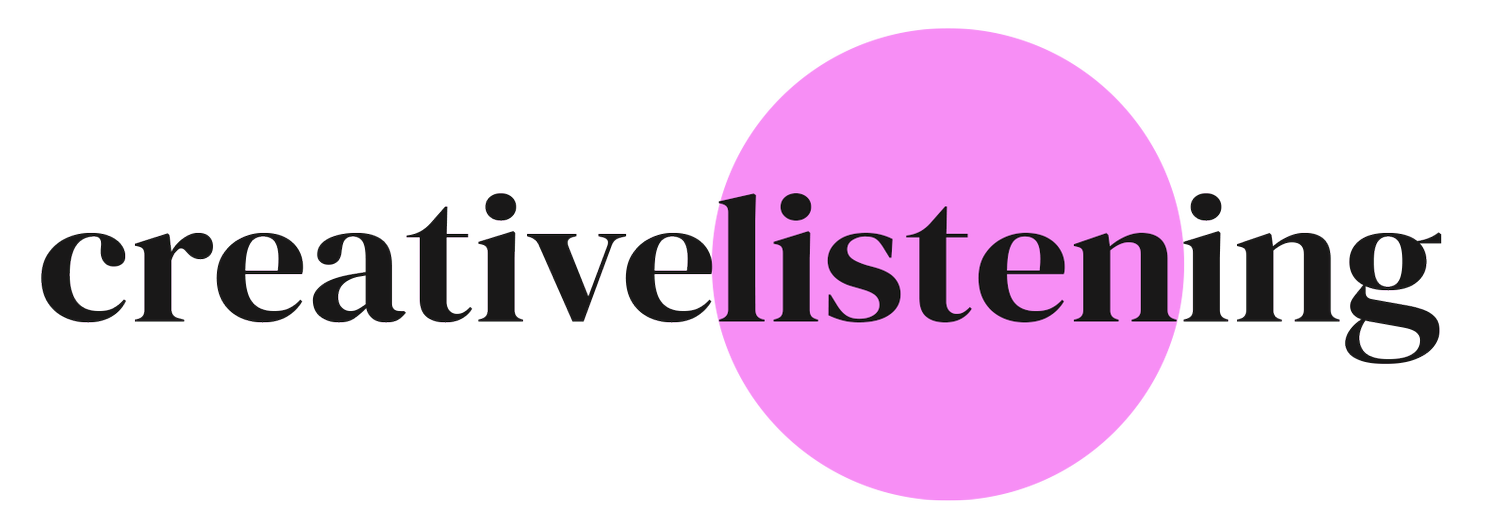Tips on how to write a video brief
As a production company we love a good brief. It makes our job much easier!
As is often the case in the early stages of a project, information can be thin on the ground with many elements as yet undecided, however even at a conceptual stage it’s still worth asking the right questions and outlining as much as possible (especially if you want a quote that’s close as possible to the actual cost!)
Of course we can (and frequently do) quote with very limited available information (a few actors, a few videos, either shot in a studio or on location, finals by next week! Etc). And we’re always very happy to help you put your brief together.
However, whenever possible we prefer to receive a document that outlines the goals, objectives, target audience, budget parameters, timeline, and other logistical details of a project. This enables us to have a clear understanding of what you want to achieve and it will help us meet your needs and expectations.
Here are some tips for writing a detailed video brief:
Start by defining your goals. What do you hope to achieve with your video? Do you want to educate your audience about a particular topic, persuade them to take action, or simply entertain them?
Identify your target audience. Who is your video for? What are their interests, needs, and pain points?
Determine your overall budget. How much money do you have to spend on your video? Ideally we’d have a figure or range to work to as a starting point as there are several different costing approaches.
Determine your timeline. Include the dates for the start and completion of the project, as well as the dates for key milestones, such as the delivery of storyboards, scripts, shoot dates, and post production.
Brainstorm ideas. What are some creative ways to present your content? What visuals will help you to engage with your audience? You can also read our blog about this here.
Define your key messages. What are the main points that the videos should communicate?
Define your video style. Do you have a vision for the overall look and feel of the videos? This can include the tone, the pacing, aesthetics, art direction, graphics style, etc
Create a clear and concise project overview. Your video brief should be easy to read and follow. Remember that we might not understand the inner workings of the project or some of the specific acronyms you use.
Be specific. The more specific you can be about your goals, objectives, and target audience, the better.
Use visuals. To help explain your vision for the project. Provide examples of videos/images that you like or want to avoid.
Remember that the client brief is a living document. It can be updated as needed throughout the course of the project.
Here are some other elements to consider, but usually this is where we’d we brought in and start getting involved:
Write a treatment or draft script. If you can, include the following information as an outline:
An introduction that grabs the viewer's attention
A clear and concise message
A strong call to action
Create a storyboard. A storyboard is a visual representation of your script. It will help to plan the production.
Gather your resources. This includes things like footage, music, and graphics. Any information here can help focus the early stages of pre production.
In conclusion: Give us what you can, but don’t worry if you don’t have all the answers. That’s what we’re here for.
And finally, try to:
Be flexible. The best laid plans and all that. The unexpected will happen. Things change, especially when developing larger projects
Be collaborative. Work with us and use our expertise. We want the best for your project. We want to help you meet your needs and expectations.
